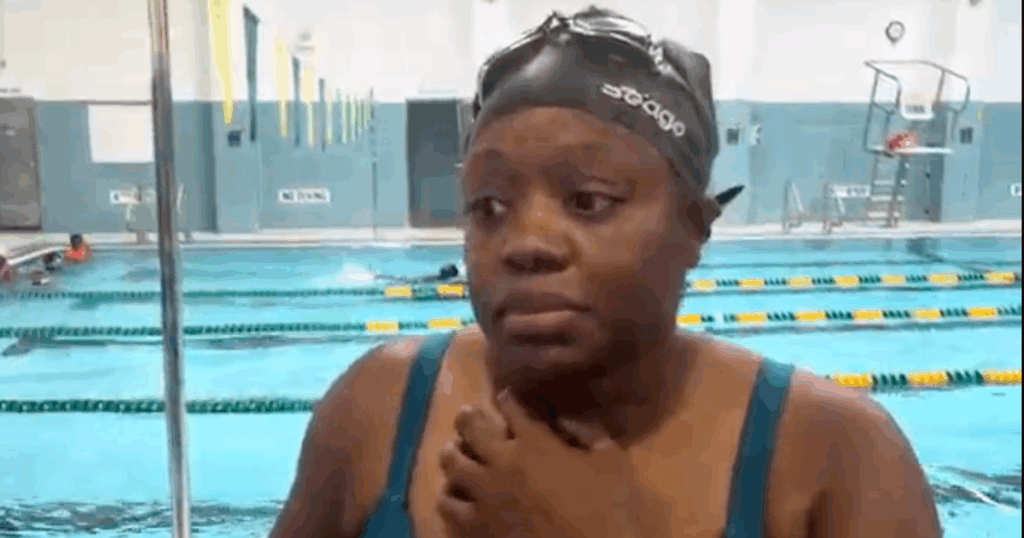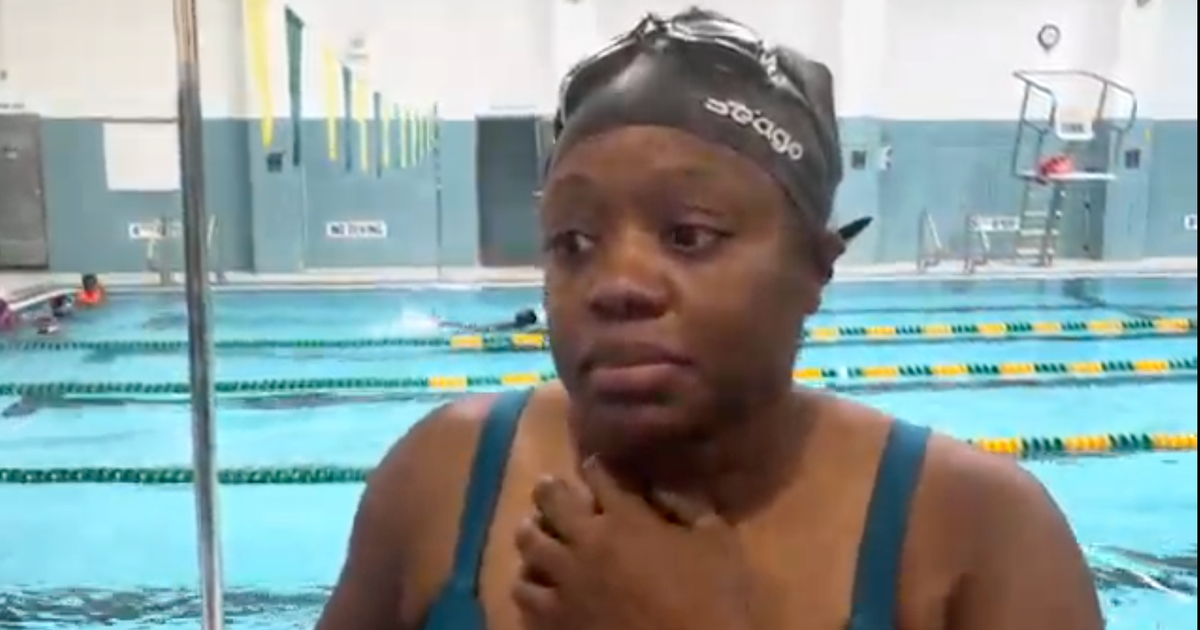Black swimmers teach others to help end history of aquatic segregation
Black swimmers teach others to help end history of aquatic segregation

Black people under age 30 are 1.5 times more likely to drown than their White peers, according to the CDC.
Read the full article on CBS US
Truth Analysis
Analysis Summary:
The article is mostly accurate, highlighting the disparity in drowning rates between Black and White individuals and attributing it to historical segregation. The claim about drowning rates is supported by the CDC (mentioned in the article), and the historical context is corroborated by multiple sources. However, the article exhibits a slight bias by focusing primarily on the negative impacts of historical segregation without presenting alternative perspectives.
Detailed Analysis:
- Claim: Black people under age 30 are 1.5 times more likely to drown than their White peers, according to the CDC.
- Assessment: Supported. The article cites the CDC, which is a reliable source for this type of statistic. While the provided sources don't directly verify this specific statistic, the claim itself is plausible and attributed to a reputable source.
- Claim: The disparity in drowning rates is linked to a history of aquatic segregation.
- Verification Source #1: Connects the history of segregation to the presenter's purpose of teaching POC to swim.
- Verification Source #2: Mentions the stereotype that Black people don't or can't swim and links it to a history of segregated city pools.
- Verification Source #3: States there are historical reasons why black children do not learn to swim.
- Verification Source #4: Describes how pools were segregated to prevent Black Americans from entering pools designated for whites.
- Verification Source #5: Provides a timeline of segregation in swimming, including instances of Black people being denied access to pools.
- Assessment: Supported. Multiple sources confirm the history of segregation in swimming and its potential impact on swimming ability within the Black community.
Supporting Evidence/Contradictions:
- Source 4: '...prevent black Americans from entering pools that had been earmarked for whites. The other way of segregating pools was through violence.'
- Source 3: 'There are historical reasons why black children do not learn to swim.'

